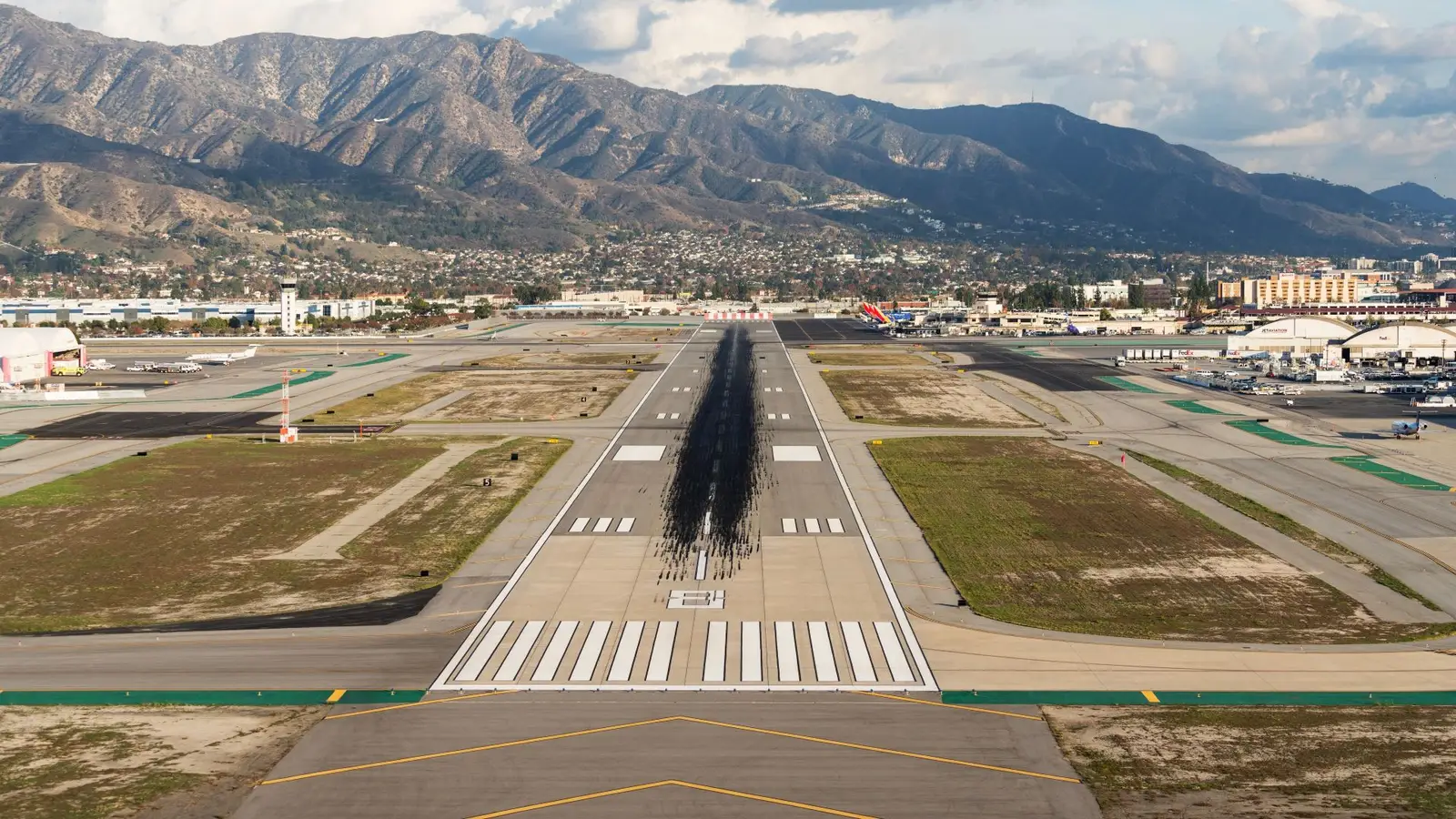
Hollywood Burbank Airport has found itself in an operational bind amid the current government shutdown. NBC Los Angeles is reporting that multiple call-outs and absences left the airport with no controllers on Monday evening. This comes as the US is battling a nationwide air traffic controller shortage, which has now been exacerbated by the government shutdown.
For airlines and travelers using Burbank, the impact is immediate: delays, cancellations, or increased reliance on alternate airports. The airport, serving regional and short-haul flights in the greater LA area, is particularly exposed because it sits inside the congested airspace that already demands tight sequencing and coordination. Issues in Burbank’s airspace can cascade throughout the area.
The Impacts Of The Controller Shortage At Burbank
The shutdown has sent hundreds of thousands of government employees into furlough. Air traffic controllers, however, are considered essential workers and are expected to show up, but will not receive pay. But with countless airports already experiencing controller shortages across the nation, not paying controllers severely worsens the already difficult working conditions.
It’s been reported that multiple controllers at Burbank either called out sick or requested a day off on Monday. Normally, this wouldn’t be that significant except for the fact that the airport is wrestling with a general staffing shortage. As such, Burbank was left with no air traffic controllers from 16:15 to 22:00 on Monday.
Operations were handled remotely by controllers at the SOCAL TRACON facility in San Diego. Despite this, the airport racked up huge delays and cancellations. The airport has a voluntary curfew for commercial operations after 22:00, yet flights continued to depart even well past 23:00 due to the immense delays that were racked up. Flights were delayed by nearly four hours in the most extreme cases.
Impact On Airlines And Passengers
The delays and cancellations result in disruptions far beyond the flights departing or arriving at Burbank. While Burbank is a small outstation for the carriers operating there, aircraft and crews still need to make it back to their hubs in time to operate the next flight. These delays, as such, lead to delays on other flights, even if it’s a small percentage of overall flights in this instance.
The timing of the situation did partially minimize the overall impact on airlines. Flights that were delayed ended up returning in the evening and were then parked overnight. Airlines, meanwhile, had the opportunity to allocate different aircraft and crews while the aircraft were stranded in Burbank. However, this still caused a major operational headache for the carriers involved.
Burbank is one of several airports serving the greater Los Angeles area. As such, airlines had options to rebook and reaccommodate willing passengers, while others were likely compensated. This has a significant financial impact on the carriers involved, and also causes a drop in customer confidence as operational reliability is one of the most important aspects of air travel to passengers.
The Nationwide Air Traffic Controller Shortage
While Burbank is a smaller case, the crisis points toward systemic vulnerabilities in the air traffic control system. It’s not uncommon for controllers at larger airports to work six days a week and perform mandatory overtime. The nation has been grappling with a shortage of air traffic controllers, and with outdated equipment and increasing flight volumes, the entire system is bursting at the seams.
While Burbank has come into the public eye for having its ATC tower be completely empty, it’s been reported that other airports have also seen an increase in day-off requests and sick days from controllers during the government shutdown. With how few controllers are already working, this could lead to an uptick in delays and cancellations as airport capacity reduces due to the lack of staff.